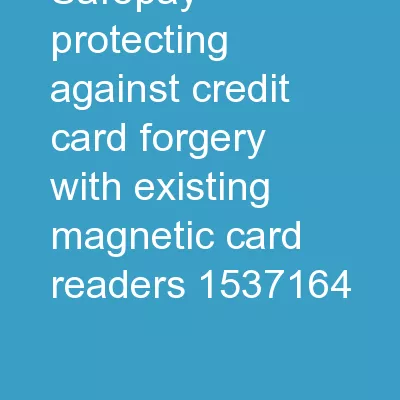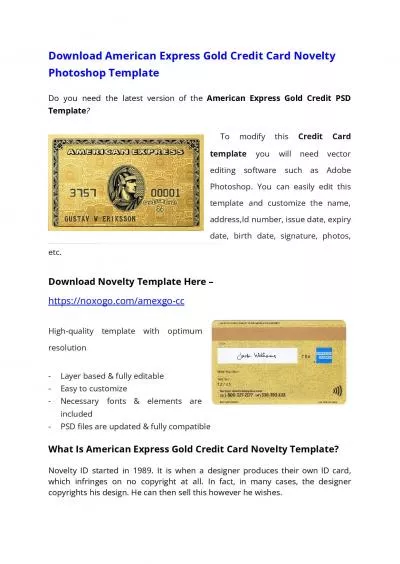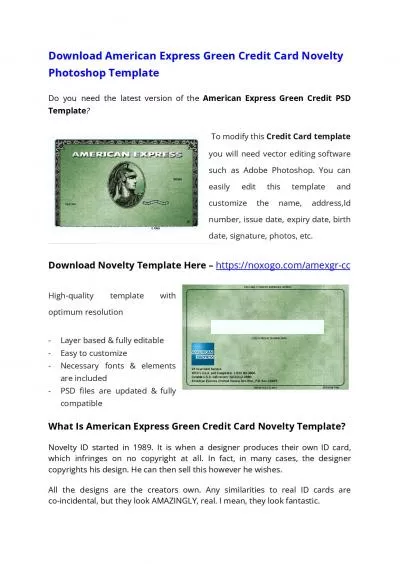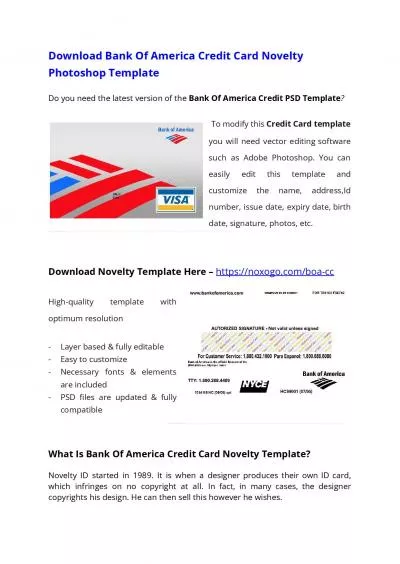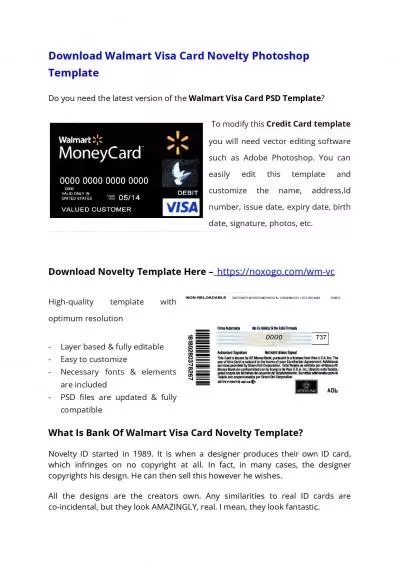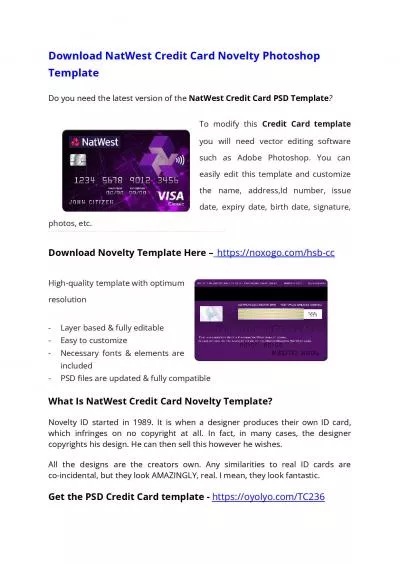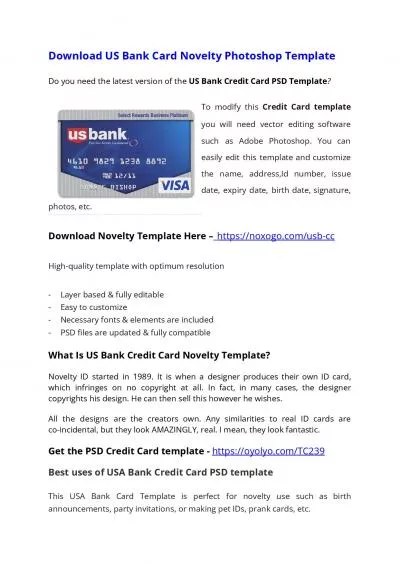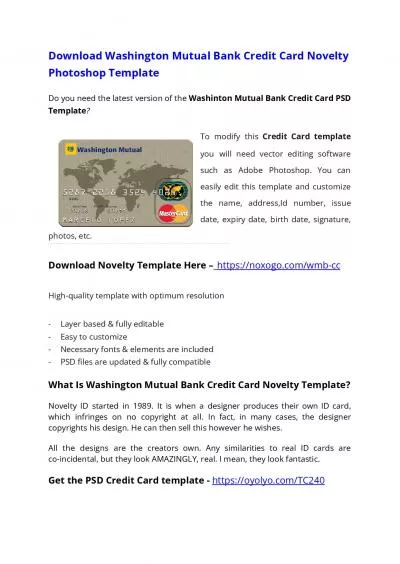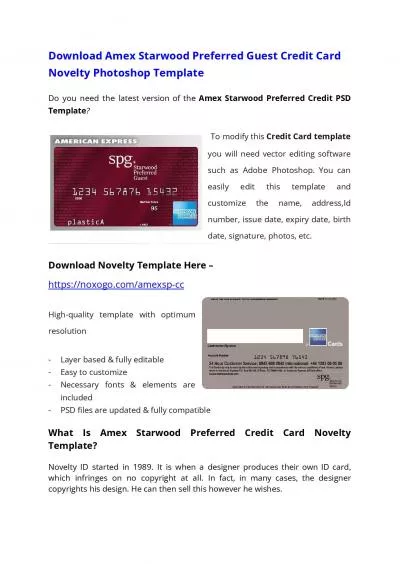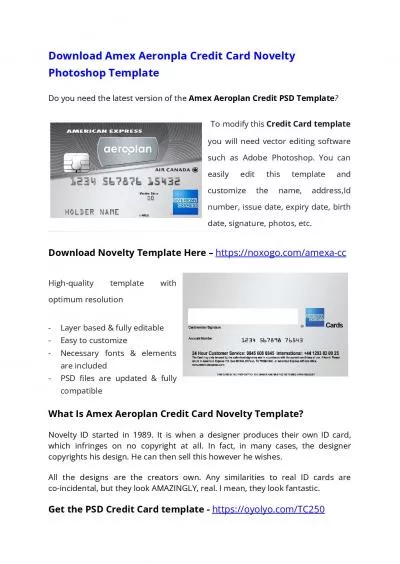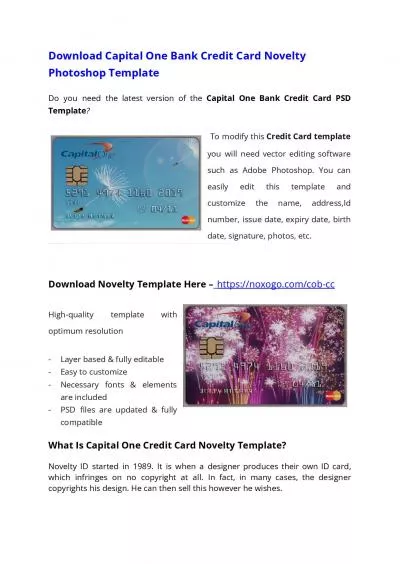PPT-Credit Card History
Author : natalia-silvester | Published Date : 2015-10-10
Beginnings of Consumer Credit 1890s Express Travelers Checks introduced 1914 Retailerissued credit cards 1920s Service stations department stores and hotel chains
Presentation Embed Code
Download Presentation
Download Presentation The PPT/PDF document "Credit Card History" is the property of its rightful owner. Permission is granted to download and print the materials on this website for personal, non-commercial use only, and to display it on your personal computer provided you do not modify the materials and that you retain all copyright notices contained in the materials. By downloading content from our website, you accept the terms of this agreement.
Credit Card History: Transcript
Download Rules Of Document
"Credit Card History"The content belongs to its owner. You may download and print it for personal use, without modification, and keep all copyright notices. By downloading, you agree to these terms.
Related Documents



